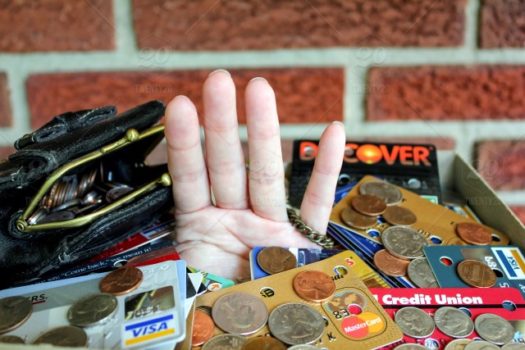Warren Buffet recently quoted his partner Charlie Munger: “There are three ways to go broke: “liquor, ladies and leverage”.
For me, I know almost nothing of liquor and will not comment on the ladies. The rest of this article talks about leverage and our relationship with debt as a society.
The public acceptance of the use of debt has evolved over time.
I am reminded of my Great-Grandmother Marie who was an immigrant from Emden, Germany to Chicago in the 19th century. Her family lived in what is now the posh Chicago neighborhood of Lincoln Park. Back then it was just an ordinary area full of German migrants. Marie and her husband Herman worked hard, scrimped, and saved to buy a house there. She was outraged when the neighbors used debt – a mortgage – to buy the house next door. Without sacrificing like she and her husband did. Marie considered it immoral. She wouldn’t talk to those neighbors because of this debt indiscretion. Marie ran things in that family and was a good but “complicated” person. Still, her attitude about debt was not uncommon. She was a person of her era in that regard.
It was a different world in those days.
Obviously, things have changed since then. Debt is now more acceptable and the stigma is reduced – though not completely gone. Some debt is often the norm. Over the last thirty years, debt has especially become more common.
Americans have mixed feelings about debt. Around 70% of individuals say debt is necessary even if they would prefer to not have any. And the same percent believe that loans and credit cards have expanded their opportunities and improved their lives. However, they feel debt is a negative factor in the lives of other people. Around 20% of people think debt is bad regardless of the reason for taking it on. So the feelings are conflicted.
Eight in ten American consumers have debt with mortgages being the most common. In the years up to the recession of 2018, the average household doubled its mortgage debt. American consumer debt has decreased since then. But mortgage and other debt are now higher than in the 1990s. A lot of people have credit card debt and carry the balances despite the extremely high-interest rates. For consumers, a credit card is probably the worst type of debt to carry. And the easiest to obtain. Student loan debt has especially increased.
The good news is that despite the trend of more debt in recent decades, the average American family still has more assets than debt.
Debt for business is a little different. Many, if not most, growing businesses finance their operations through the use of leverage. That allows growth to occur that would not have otherwise. Debt is considered to be cheaper than equity. So the lower cost alternative is often chosen when the choice needs to be made.
The amount of debt people and businesses carry is affected by the economic cycle. When times are good they tend to take on more debt. This is in part because lenders are more willing to lend.
The positive story on debt is that it funds economic growth and allows people to enjoy benefits they would have had to wait for otherwise. Things such as home ownership, education, or funding new businesses are all possible with the prudent use of debt.
But let’s recognize debt for what it is. Debt is a very useful tool that when misused can be harmful. Too much debt can destroy individual lives and businesses. Debt can harm a family’s ability to save, threaten their financial security, hinder their ability to invest in family members’ economic mobility, and so on.
A good part of the reason why people take on too much debt, and harm themselves, is the environment in which they live. If society encourages too much debt, there will be those who follow that siren’s call and succumb. You do not have to be like my Grandmother Marie but don’t be that person.



